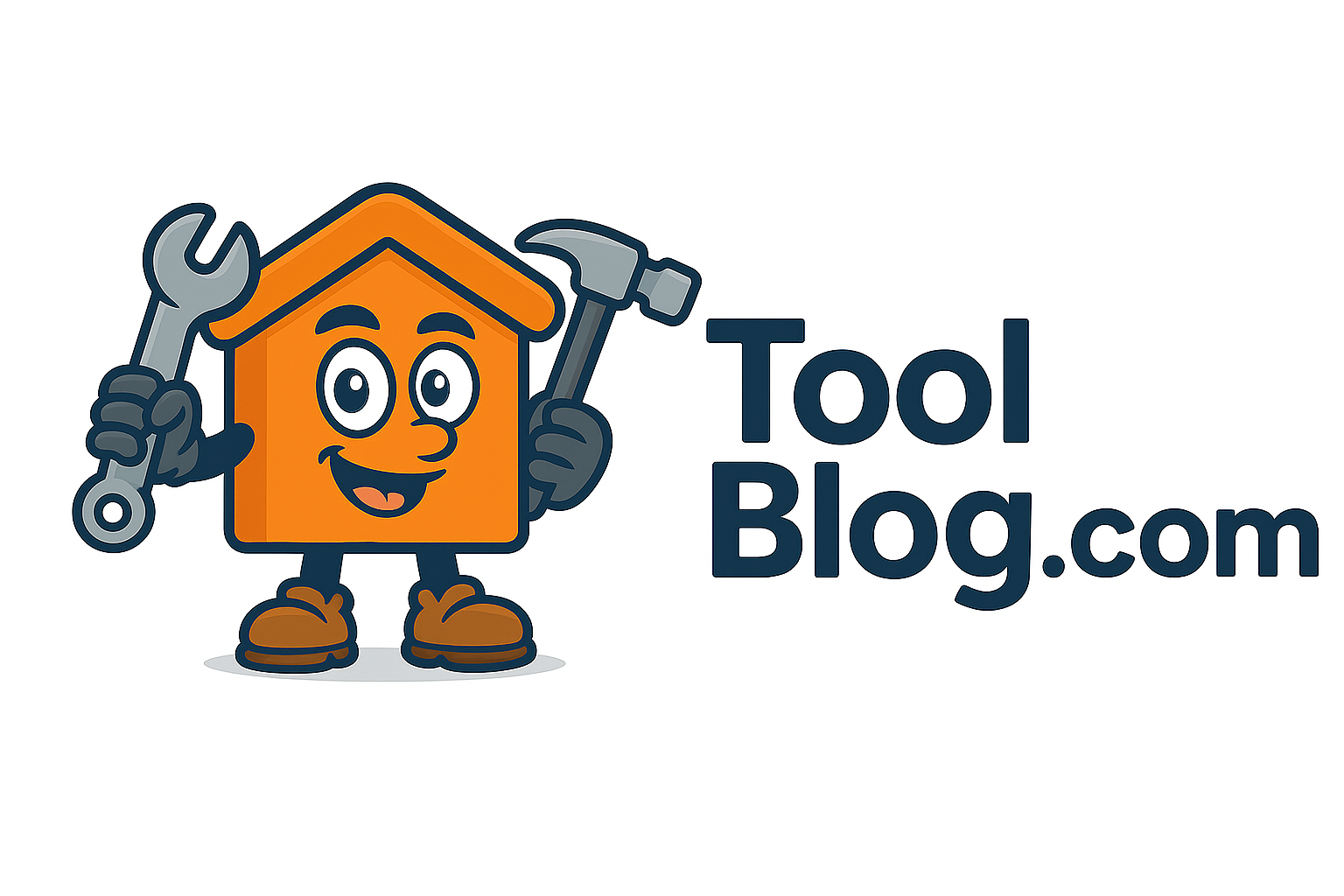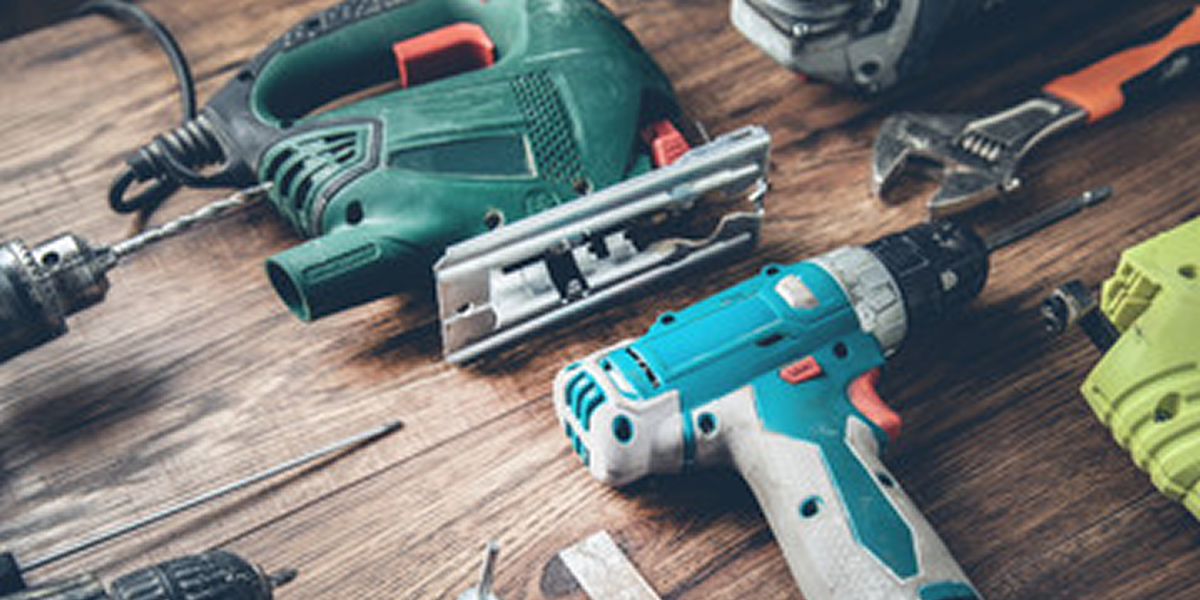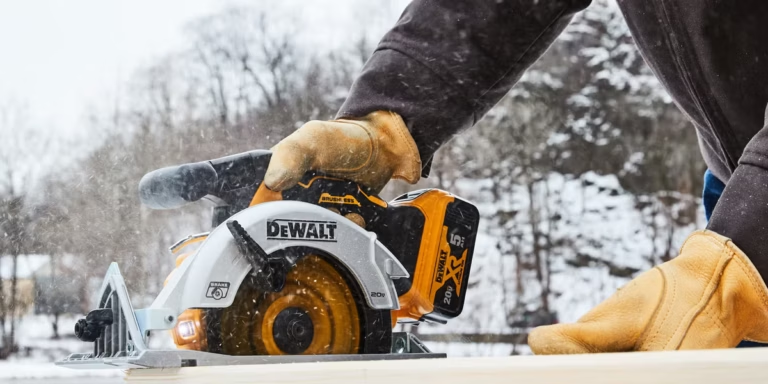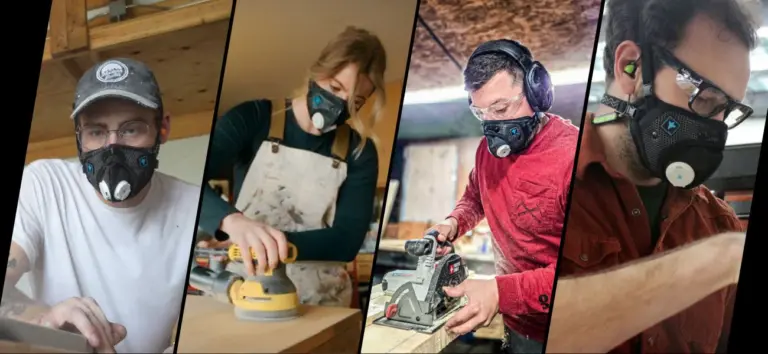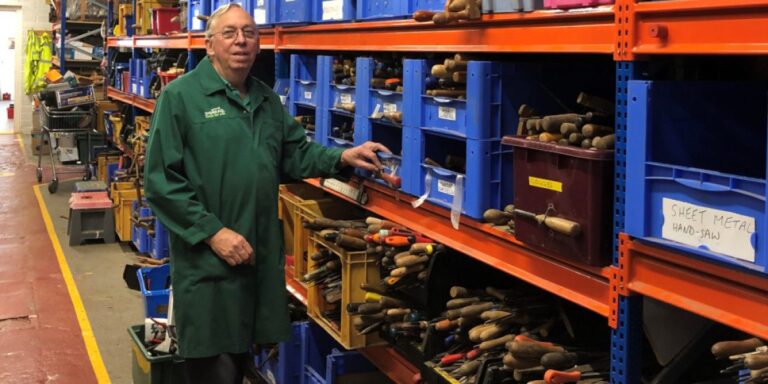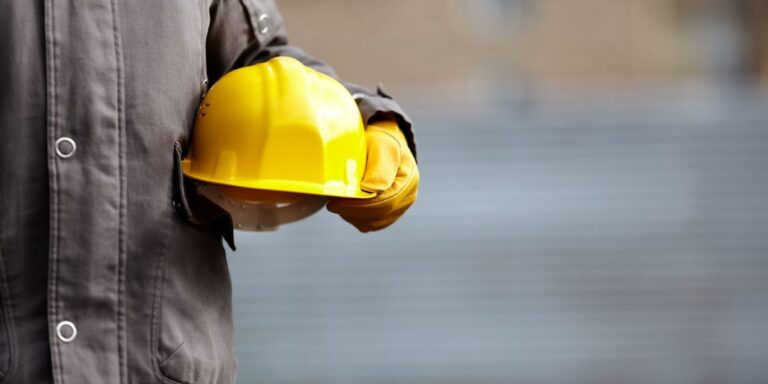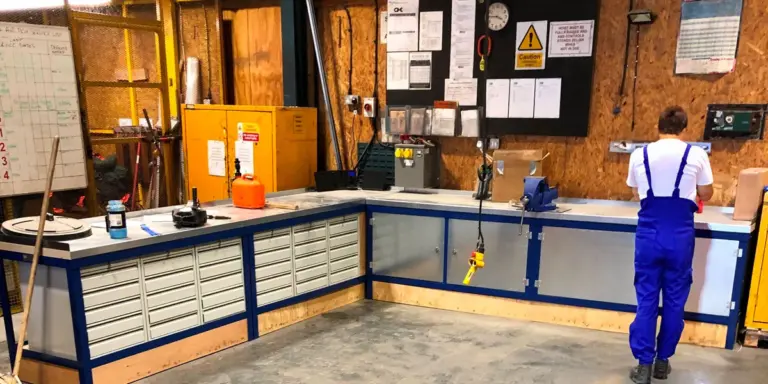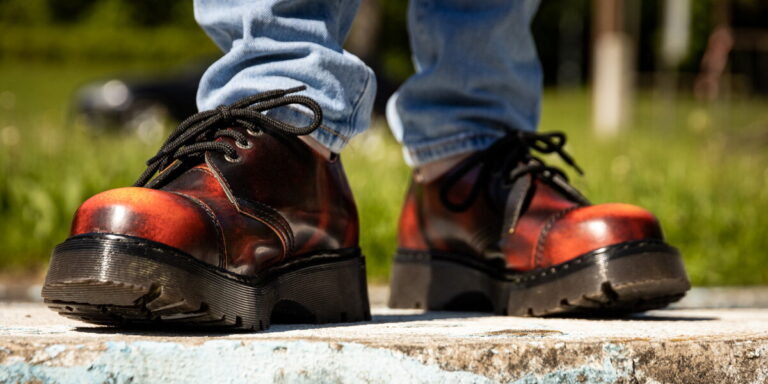What Makes a Great Safety Vest
When I’m deep into a DIY project—especially one that involves cutting, hauling, or outdoor work—my safety vest becomes more than just another piece of gear. It’s what makes me visible, organized, and better protected. I’ve worn dozens of safety vests over the years, and through trial and error, I’ve figured out exactly what makes a great safety vest.
At first glance, a safety vest might seem like a simple thing. It’s just a vest, right? But the truth is, not all safety vests are created equal. The best ones enhance your performance, keep you comfortable, and help you stay visible in tough or low-light conditions. When I shop for one now, I know exactly what to look for—and I want to break down every detail so others can benefit from what I’ve learned.
High Visibility Is Non-Negotiable
One of the first features I look at is visibility. If a safety vest doesn’t make me stand out in broad daylight or pitch black, it’s not worth wearing. A great safety vest uses highly reflective material across the chest, shoulders, and back—often in a crisscross or stripe pattern that catches light from any angle.
Fluorescent colors like neon yellow, orange, and green are crucial for daytime visibility. Whether I’m working near traffic, operating power tools outdoors, or navigating a construction site, I want to be seen instantly. In my experience, reflective strips combined with a bright base color are a must for staying safe.
Fit That Supports Movement
Comfort and freedom of movement are major factors in what makes a great safety vest. If it’s too loose, it snags on things or shifts around while I work. If it’s too tight, it restricts motion and gets in the way of reaching, bending, or lifting. I prefer a vest that fits snugly but allows for layering, especially during colder months.
I’ve found that adjustable features like side straps, elastic hems, or zipper fronts make a big difference. Vests with velcro often wear out too fast in my experience, especially after a few washes or exposure to heat and dust. A full-zip option with reinforced seams stands up to the kind of abuse a DIYer puts it through.
Fabric That’s Built to Last
Material plays a huge role in how long a safety vest holds up. Thin mesh vests might work for short-term use or event staff, but for the kind of workshop and outdoor work I do, I need something tougher. Ripstop polyester or Oxford fabric is more durable and tear-resistant. I’ve worked in places with nails, sharp edges, and heavy equipment—cheap fabric doesn’t stand a chance.
Breathability also matters. I’ve worn vests that felt like plastic bags on hot days, and trust me, sweat buildup is no joke. Look for vests with breathable panels or mesh inserts if you work in warmer environments. Moisture-wicking material is a bonus that keeps me dry and more focused.
Pockets and Storage Matter More Than You Think
I use my vest as a mobile tool belt. That means I want pockets that actually serve a purpose—not just flimsy flaps that hang loose. Great safety vests have multiple compartments of different sizes, including zippered or velcro pockets for small tools, pens, gloves, or even my phone.
Some of the best ones I’ve owned had D-rings for keys or tape measures, ID holders for access cards, and even mic tabs for radios. It may not seem like much, but when I’m climbing a ladder or juggling parts, having everything within reach is a game-changer. The right pocket layout is a major part of what makes a great safety vest.
ANSI Certification Is Worth Checking
When I want assurance that my vest meets industry standards, I check for ANSI/ISEA 107 certification. This isn’t about red tape—it’s about performance. Certified vests meet strict requirements for color, reflectivity, and design based on the kind of environment they’re meant for. Whether I’m doing roadwork, site inspections, or heavy lifting, the right class of vest (Class 1, 2, or 3) ensures I’ve got the right level of visibility and protection.
It’s an easy step that many DIYers skip, but knowing a vest is certified gives me confidence. I know it’s been tested and proven, not just slapped together to look official.
The Right Vest for the Job
Different tasks require different types of vests. If I’m doing high-visibility work outdoors, I go for a Class 2 or 3 vest with bold reflectors and a secure fit. When I’m in the workshop and need more mobility, I might wear a lighter-duty vest with more storage. It’s not a one-size-fits-all situation.
I even have insulated safety vests for cold weather, which combine warmth with visibility. For summer jobs, I keep a lightweight mesh vest that still meets visibility requirements but doesn’t overheat. Choosing the right vest for the conditions makes a huge difference in safety and comfort.
Easy Maintenance and Cleaning
DIY work gets messy. Paint splatter, sawdust, grease, and sweat all find their way onto my vest eventually. That’s why I choose vests that are easy to wash and quick to dry. Machine-washable materials are a must, and I avoid anything with glued-on reflectors that might peel off.
Some of the best vests I’ve used held up after dozens of washes without losing color or function. Vests that require hand-washing or dry-cleaning are too much hassle for me. I want gear I can rinse, dry, and wear again the next morning without worrying about it.
Reinforced Zippers and Closures
One weak spot in many safety vests is the zipper or front closure. I’ve had zippers jam, pop open, or just tear off after repeated use. That’s why I now look for vests with reinforced zippers—either heavy-duty plastic or rust-resistant metal. I’ve even seen dual-closure vests that combine zippers with snaps or velcro, offering an extra layer of durability.
If a vest pops open mid-project, it becomes a liability. A secure closure that holds tight, even while bending or stretching, is another key aspect of what makes a great safety vest.
Lightweight Design for Long Shifts
Even though durability is important, I don’t want a vest that weighs me down. The best designs balance toughness with lightness. I’ve worn vests that were so bulky they made it hard to move, and others that were so light they felt like tissue paper. The sweet spot is a vest that’s lightweight enough for all-day wear but sturdy enough to handle daily use.
I always test new vests during a typical work session to see how they feel over time. If it starts to chafe, sag, or make me sweat excessively, I move on. Comfort over long hours is a big part of overall safety, and it influences how often I actually wear the vest instead of leaving it on the hook.
Color Fading Resistance
Nothing says low quality like a safety vest that fades after a few weeks in the sun. Since I work outdoors a lot, I’ve learned to check for UV-resistant materials. A faded vest not only looks bad—it loses its effectiveness. If the neon orange becomes a dull rust color, it’s no longer making me stand out.
Look for vests that mention fade-resistance in their specs, especially if your work takes you under harsh sunlight. Bright, lasting color is another piece of the puzzle when figuring out what makes a great safety vest.
Comfort in All Weather
My projects don’t stop because of the weather, so neither can my gear. In colder months, I go for lined or insulated vests that still offer high visibility. For rainy days, waterproof vests or those with water-repellent coatings are useful. In the summer, breathable mesh is a lifesaver.
I even keep a high-vis rain poncho that fits over my vest, so I don’t have to sacrifice safety for dryness. Layering with the right materials ensures I stay visible and comfortable no matter the conditions.
Customization Options
Sometimes I need a vest tailored to a specific project or team. I’ve had vests printed with logos, department names, or job titles. It’s not just for looks—it helps with organization, especially on large job sites or group builds.
Some brands also offer modular designs with removable pockets, name tags, or interchangeable panels. This versatility lets me adapt a vest for a variety of jobs without buying a different one for each task. Flexibility like that adds real value.
Final Thoughts
What makes a great safety vest is more than just neon color and reflectors. It’s a combination of visibility, fit, durability, comfort, and practical design. It’s about finding something that helps you do your job better and keeps you protected while doing it.
I’ve tested dozens of vests, and every time I add a new one to my collection, I go back to the basics: will it keep me visible, hold up to hard work, and stay comfortable through a long day? If the answer is yes, then it’s earned its place in my gear lineup.
If you’re looking to upgrade your safety vest or pick your first one, take your time and look at the details. The right vest won’t just make you safer—it’ll make your whole workflow smoother, faster, and more efficient. That’s the power of knowing exactly what makes a great safety vest.
